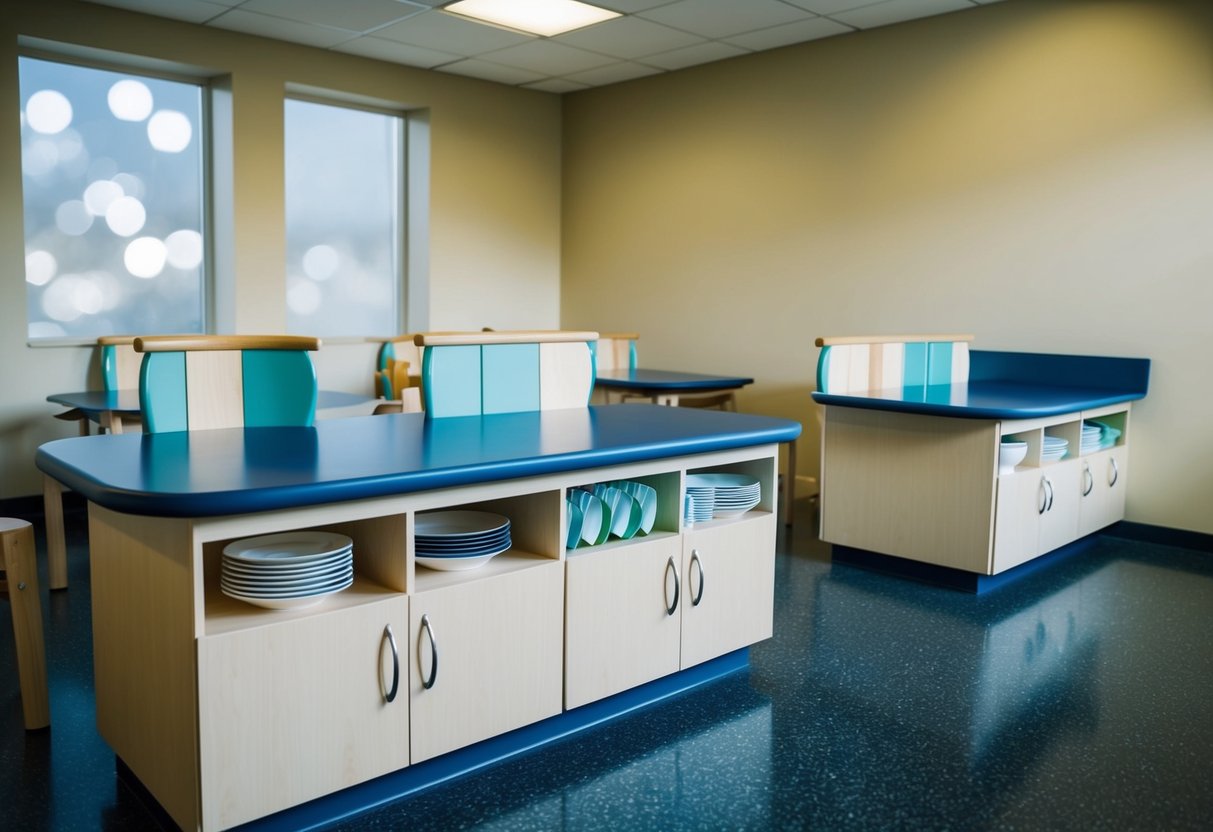Designing a Kid-Friendly Home: Safe and Stylish Tips for Every Room
Strategic Furniture Placement
Arranging furniture strategically helps create a safe and functional living room. Keep pathways clear to prevent trips and falls. Position heavy items like bookshelves and televisions securely, and anchor them to the wall to prevent tipping.
Place frequently used items within easy reach to minimize climbing. Use low coffee tables and side tables to provide accessible surfaces for activities and snacks. Avoid overcrowding the room with furniture, ensuring there is ample space for children to move freely.
Stylish Storage Solutions
Stylish storage solutions can keep the living room tidy and organized while enhancing the room’s décor. Use storage ottomans to double as seating and toy storage. Invest in attractive bins and baskets to store toys, books, and art supplies.
Consider wall-mounted shelves to keep fragile items and electronics out of reach. Built-in storage units can provide a seamless look while offering ample space for various items. Label containers and bins to make it easy for children to find and put away their belongings, fostering a sense of independence and responsibility.
Kid-proofing the Dining Area

Ensuring your dining area is safe for kids involves choosing durable, easy-to-clean materials and incorporating kid-friendly design elements to prevent accidents and injuries.
Material Selection for Durability
Choosing the right materials is crucial for a kid-proof dining area. Opt for furniture pieces made from sturdy, solid wood or metal. These materials can withstand rough use and are less likely to tip over. Tables with durable surfaces like laminate or sealed wood make cleaning up spills easier. For seating, select chairs with robust fabrics that resist stains and are easy to wipe clean. Materials like high-quality vinyl offer a balance of comfort and durability. Avoid fragile materials like glass or easily dented metals. This ensures that the dining area remains both functional and safe over time.
Incorporating Kid-friendly Design Elements
Incorporating kid-friendly design elements can significantly enhance safety. Choose furniture with rounded edges to reduce the risk of injuries from sharp corners. Use slip-resistant rugs or mats under the dining table to prevent falls. Secure furniture to the wall if there’s a risk of tipping. High chairs should come with secure harnesses and stable bases. Consider storage solutions that are accessible for kids, allowing them to participate in setting the table or cleaning up. Kid-friendly placemats and non-breakable dishware make the dining experience safer and more enjoyable for children.
Bedroom Safety and Style
Designing a child’s bedroom requires careful attention to safety and aesthetics. Incorporating intelligent storage solutions and creating a cozy sleeping environment can make the space both functional and appealing for kids and parents alike.
Creating Cozy and Safe Sleeping Environments
Safety starts with the bed. Opt for a bed with sturdy rails to prevent falls, especially for younger children transitioning from a crib. Positioning the bed away from windows can also reduce fall risks and drafts. He should ensure that any furniture like dressers or shelves are securely anchored to the walls to prevent tipping.
The choice of mattress and bedding is essential for comfort. Select hypoallergenic materials and avoid overly bulky blankets to minimize suffocation risks. She might consider adding soft, non-slip rugs around the bed area to cushion any falls and provide warmth.
Lighting also plays a role in safety and comfort. Soft, dimmable lights can help create a calming atmosphere, aiding better sleep. Nightlights can be useful for late-night trips to the bathroom, and blackout curtains can ensure a dark room for undisturbed sleep.



